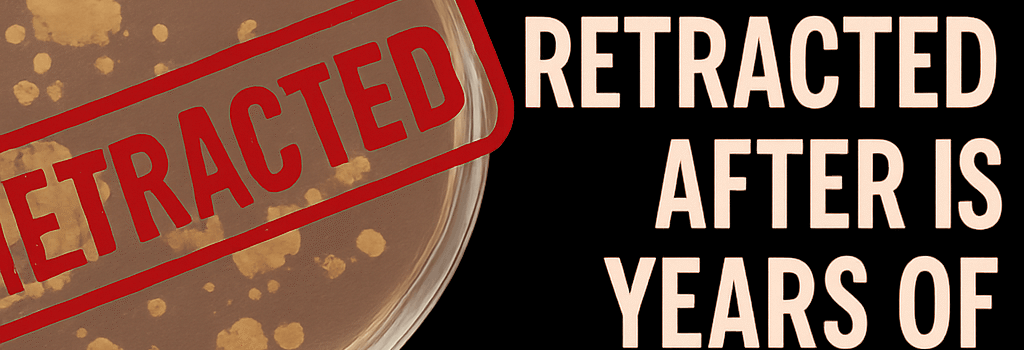Arsenic-Life Paper Retracted After 15 Years of Criticism

Background: The 2010 GFAJ-1 Study
In December 2010, a team led by NASA astrobiology fellow Felisa Wolfe-Simon published a paper in Science announcing the discovery of a bacterium, GFAJ-1, from Mono Lake, California, that purportedly substituted arsenic for phosphorus in its DNA backbone. This claim, if substantiated, would have rewritten basic biochemistry and expanded the search criteria for extraterrestrial life.
Initial Hype and Methodology
NASA’s press office heralded the finding with statements that it “begs a rewrite of biology textbooks” and “will impact the search for evidence of extraterrestrial life.” The original work described culturing GFAJ-1 in media containing up to 40 mM arsenate and trace phosphate. The team performed bulk elemental analysis using inductively coupled plasma–mass spectrometry (ICP-MS) to quantify arsenic incorporation.
Peer Criticisms and Technical Flaws
- Contamination Concerns: Critics noted residual phosphate in the growth medium—estimated at 3–4 µM—could sustain cell division without arsenic substitution.
- DNA Stability: Biochemical calculations show that an arsenodiester backbone hydrolyzes in vitro in milliseconds in aqueous solution, contradicting the claim of stable arsenic-DNA.
- Poor Purification: DNA isolation protocols failed to remove adsorbed arsenate ions. High-resolution methods like capillary electrophoresis or NanoSIMS imaging were not employed to localize arsenic within polymers.
Subsequent Refutations (2012)
Two independent studies in 2012 used complementary 31P NMR spectroscopy and high-precision ICP-MS to show that GFAJ-1 remains phosphate-dependent and that any arsenic detected was surface-bound. No arsenodiester linkages were observed, and the phosphate:arsenate ratio in purified DNA exceeded 26:1.
2025 Retraction Notice and Community Response
On July 24, 2025, Science formally retracted the Wolfe-Simon et al. paper. Executive Editor Valda Vinson and Editor-in-Chief Holden Thorp cited evolved retraction policies: while fraud was never alleged, the key conclusion rested on flawed data interpretation.
“Science believes that the key conclusion of the paper is based on flawed data,” the editors wrote. “The article should therefore be retracted.”
Reactions split the community. Early critic Rosemary Redfield applauded the move, while evolutionary biologist Jonathan Eisen argued that vigorous debate should proceed through published commentaries rather than editorial fiat.
Scientific Implications for Astrobiology
The GFAJ-1 saga underscored the need for rigorous analytical pipelines in extremophile research:
- Implementation of orthogonal techniques (e.g., high-field NMR plus NanoSIMS) to confirm element substitution at molecular sites.
- Standardized reporting of trace-contaminant levels in culture media—particularly for elements that mimic essential biochemistry.
- Use of computational chemistry to predict bond stability and guide experimental validation of exotic biomolecules.
Retraction Policies Then and Now
In 2010, Science reserved retractions for proven misconduct. Since 2015, policies have broadened to include irredeemable methodological flaws. The GFAJ-1 paper became a test case for this expanded framework, which now emphasizes reproducibility and data integrity over author intent.
Future of Extremophile Research
Modern omics and high-resolution imaging are being adopted to avoid past pitfalls. NASA’s updated Astrobiology Roadmap requires that any claim of noncanonical biochemistry pass three independent validation gates, including direct structural evidence from cryo-electron microscopy or X-ray crystallography.
Latest Developments
In mid-2025, a consortium led by the European Space Agency announced plans for an airborne mass spectrometry platform to sample cloud droplets in Venus’s atmosphere, explicitly designed with lessons from the GFAJ-1 controversy. Protocols will ensure zero cross-contamination of phosphate analogs and deploy parallel assays for element-specific labeling.
While Wolfe-Simon and co-authors continue to defend their dataset in open eLetters, the broader astrobiology community has moved toward more cautious, multi-tiered verification before declaring discoveries of alternative biochemistry.